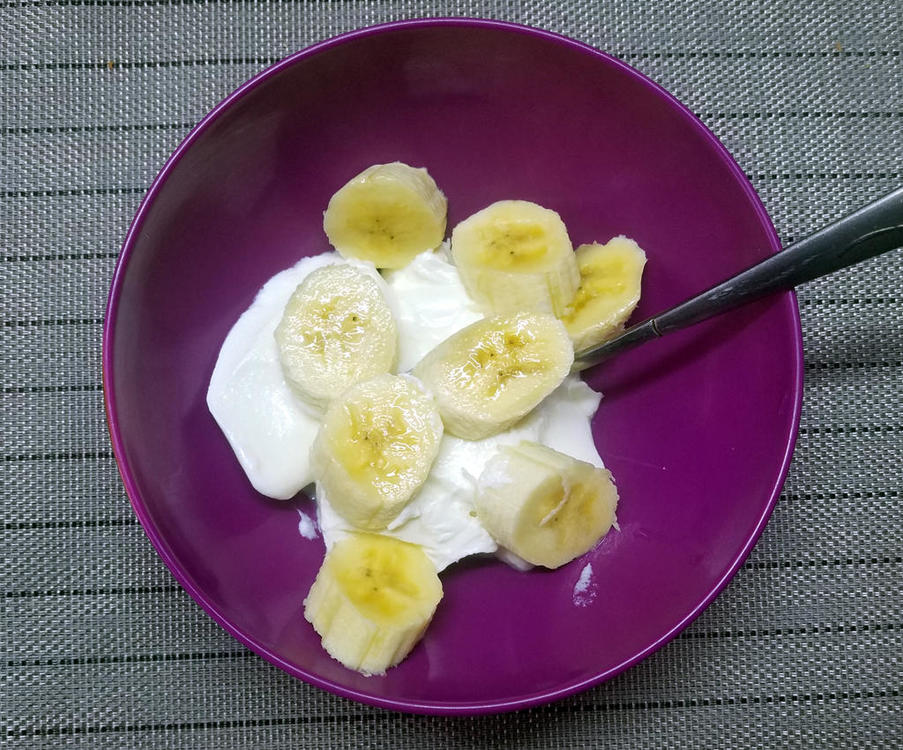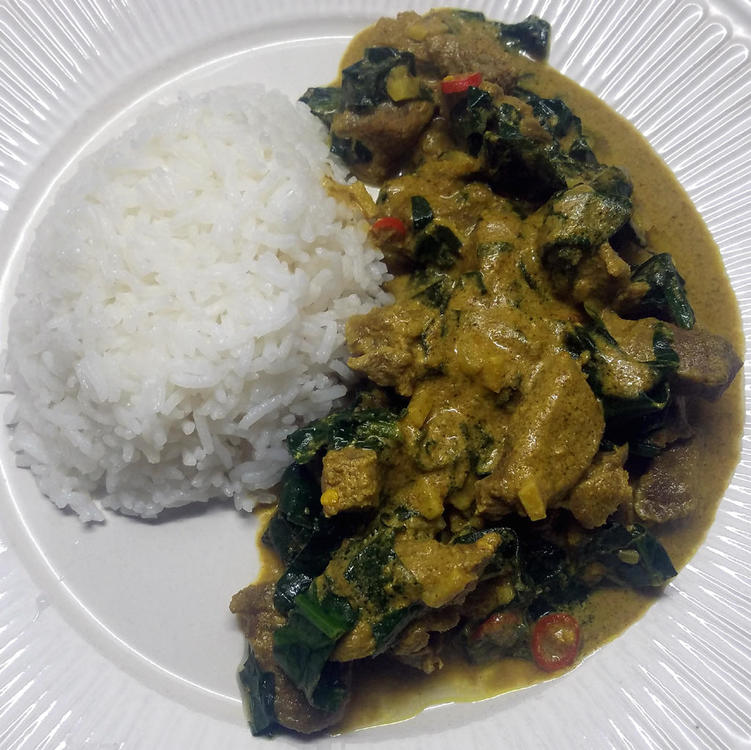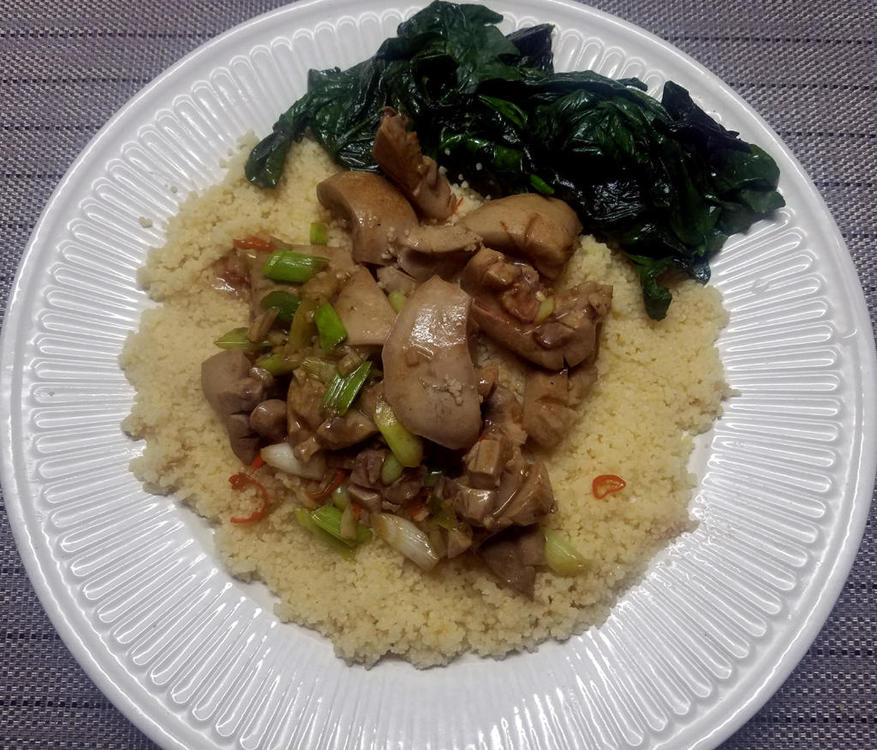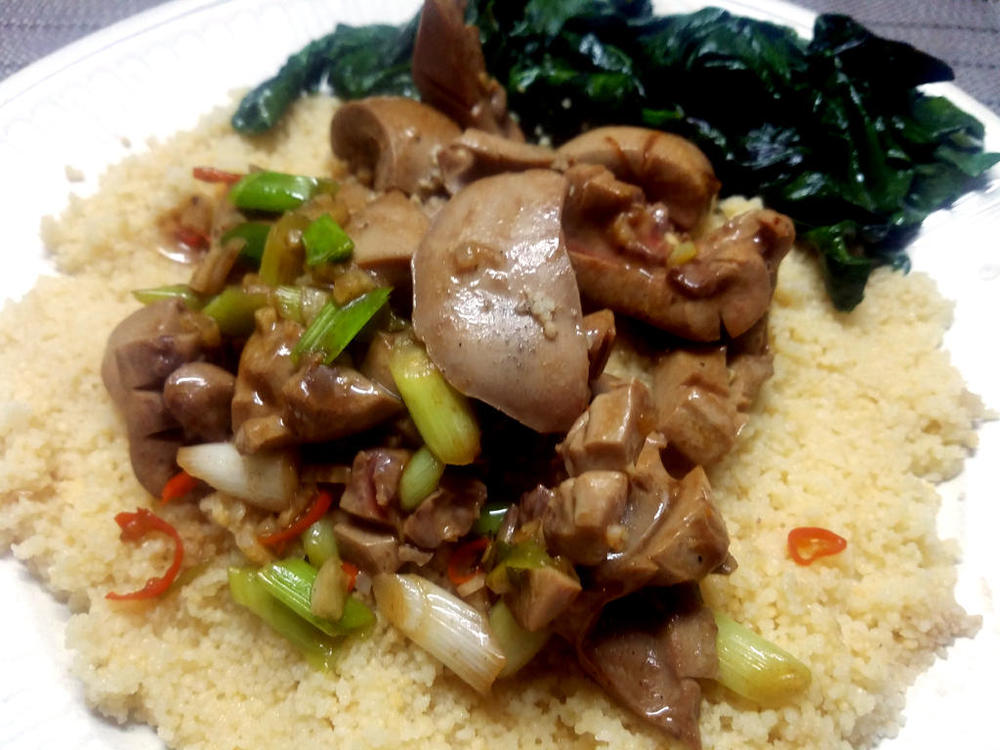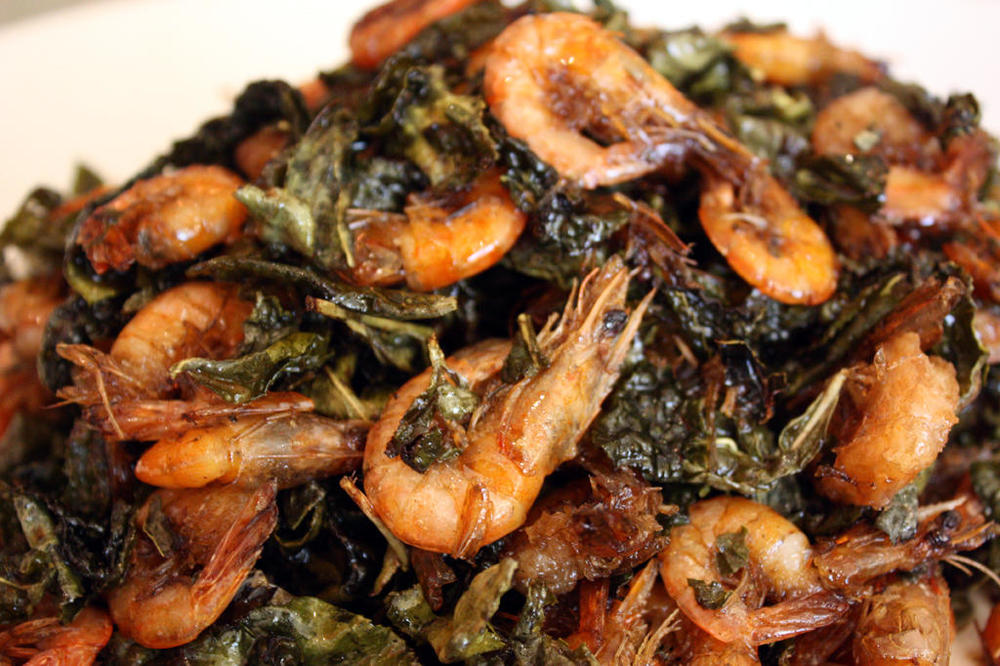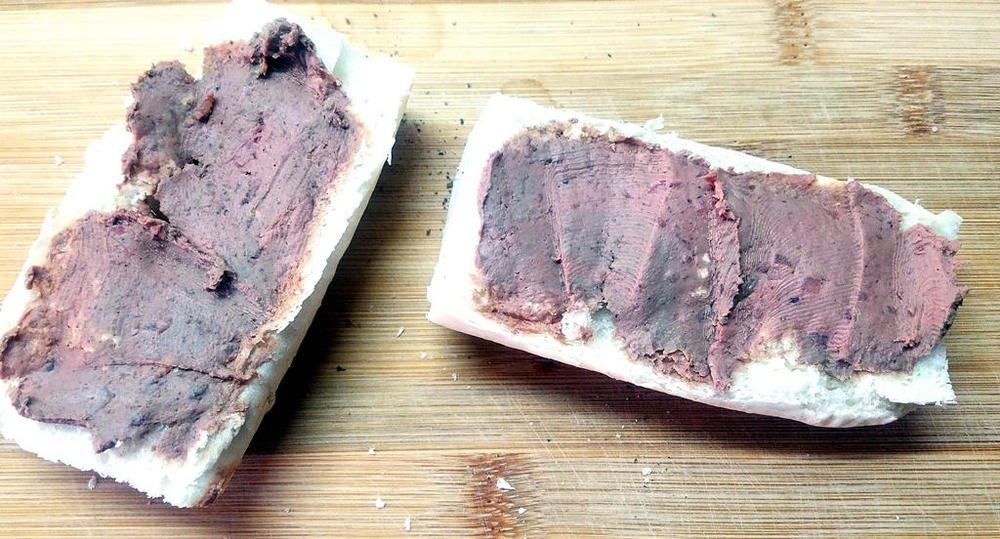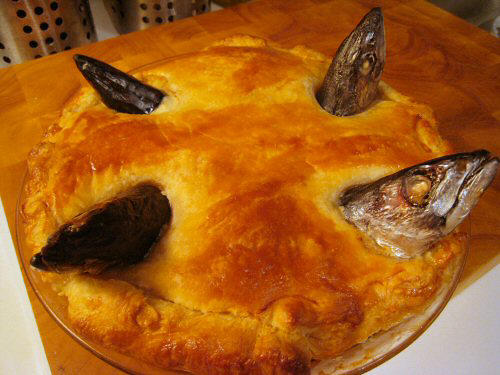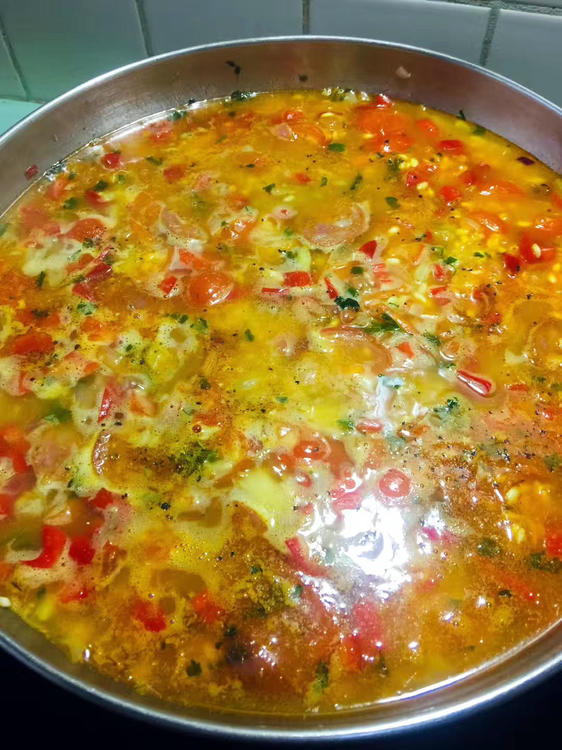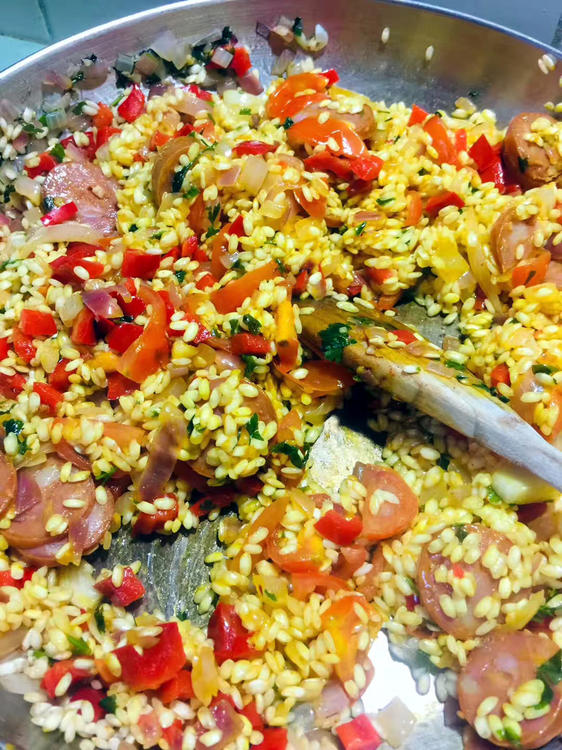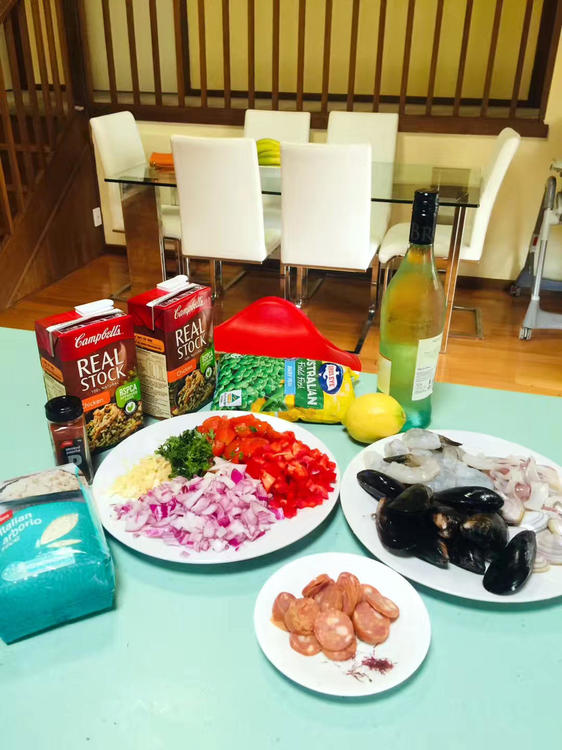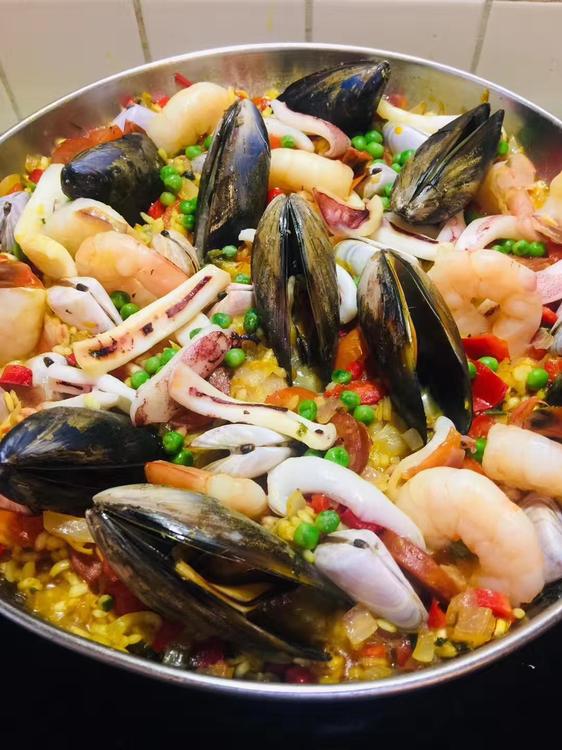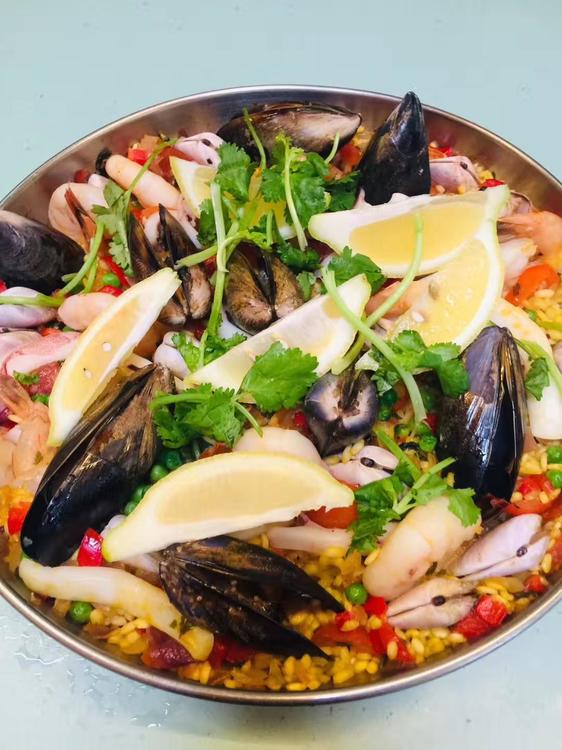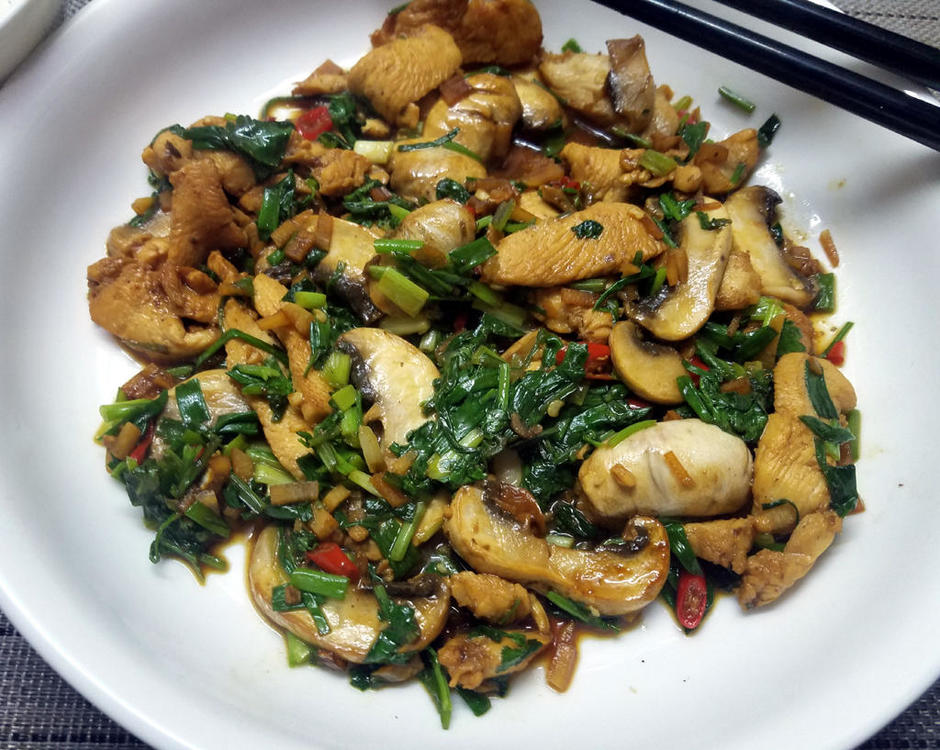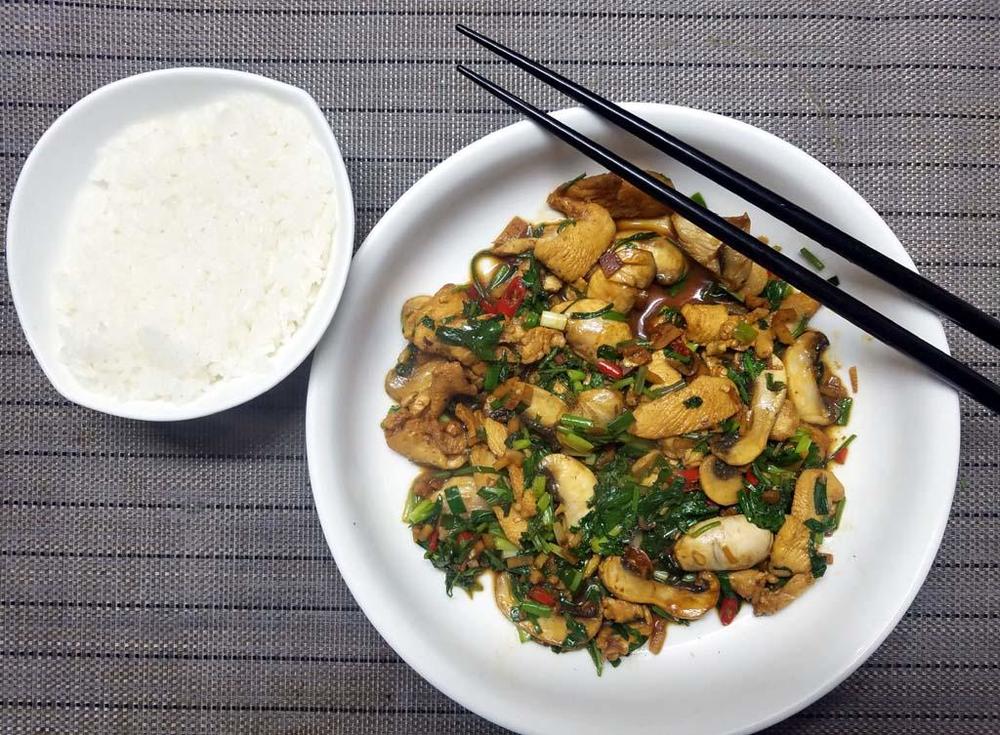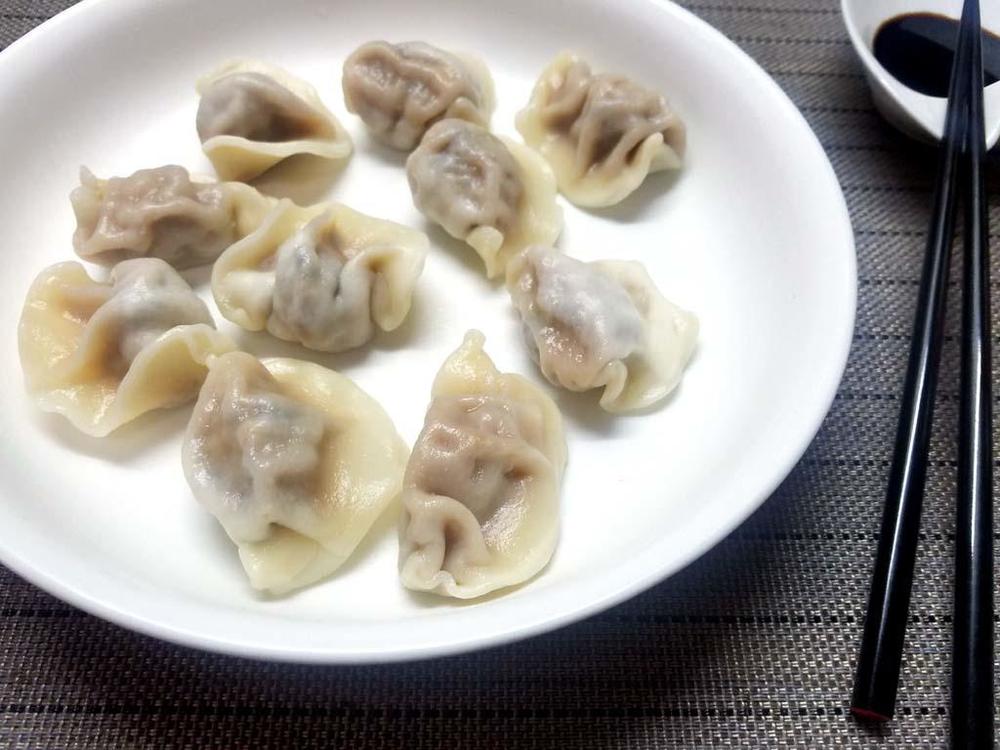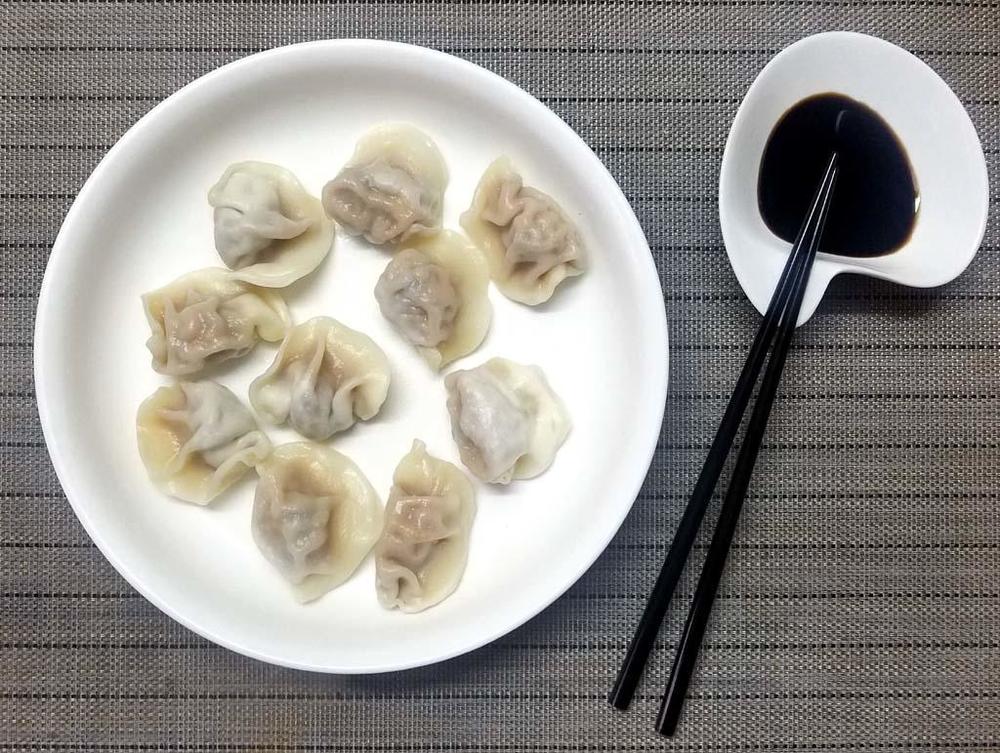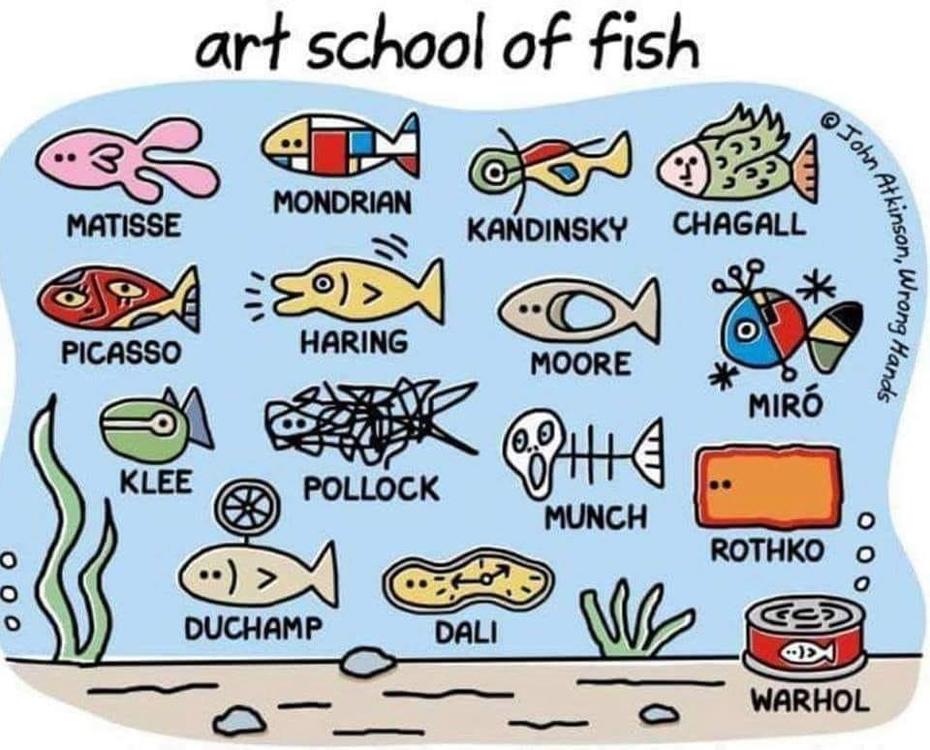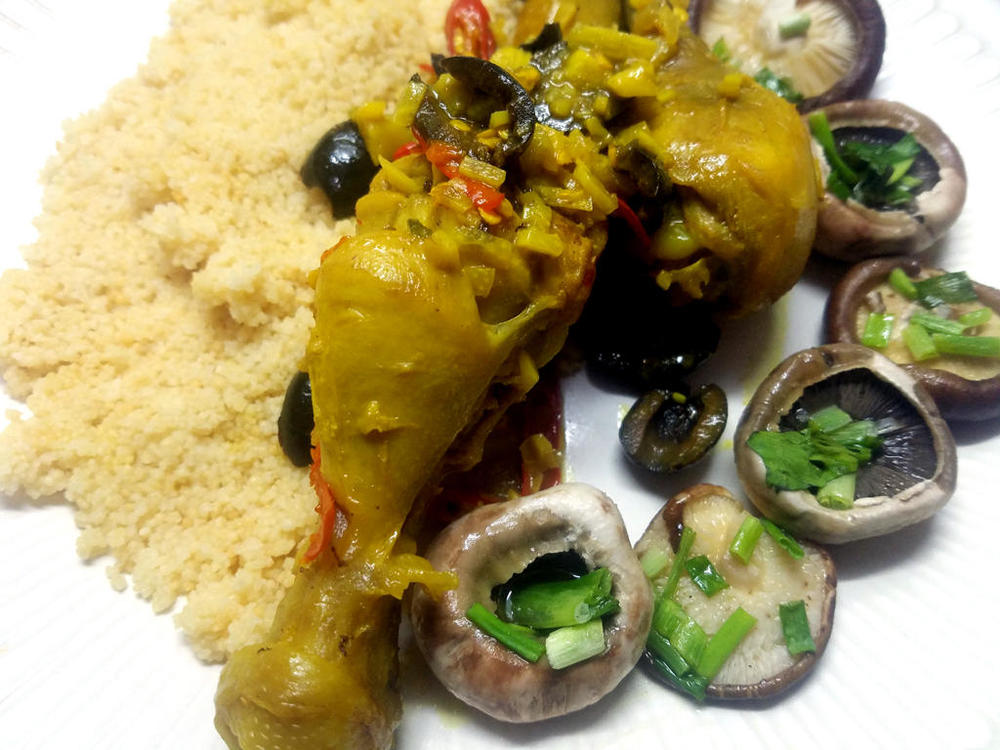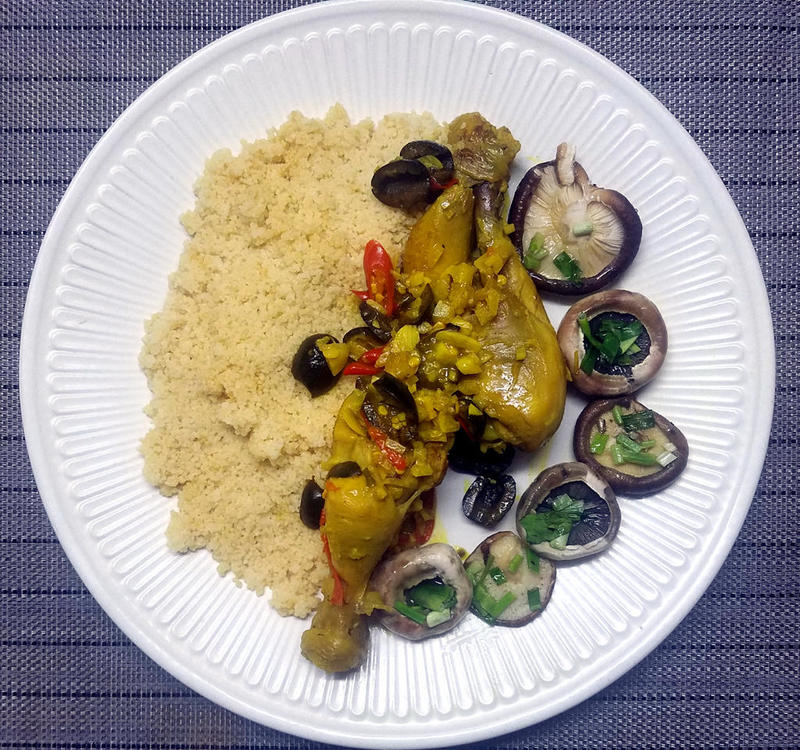-
Posts
16,728 -
Joined
-
Last visited
Content Type
Profiles
Forums
Store
Help Articles
Everything posted by liuzhou
-
-
Curried goat . This took hours to make. First I had to make the yoghurt. This was water buffalo yoghurt. Then I took the the diced goat meat and marinated it for four hours in afore-mentioned yoghurt with curry spices, garlic ginger and chilli. Then slow cooked it all for another three hours. Added spinach for the last 5 minutes and served with rice.
-
Spicy pig's kidney with Shaoxing wine, oyster sauce, chilli, garlic, ginger and scallions. Spinach. Unusually, served with couscous because some idiot forgot to wash the rice cooker after lunch and couscous was going to be quicker.
-
https://www.thecaterer.com/articles/545317/tributes-paid-to-two-michelin-starred-chef-andrew-fairlie
- 1 reply
-
- 2
-

-
Thanks for this. A part of the world and a cuisine I know nothing about, but an interesting read.
-
I don't see why you might not like it as a vegetable or smoking fuel. I don't particularly like drinking tea - I might have one cup a year. Used as a vegetable it brings a vegetal note and a slight bitterness (tannin) which compliments the sweetness of the shrimp. Dragon's Well tea is the preferred choice for this dish. More here. Jasmine tea is the choice for smoking. It brings that floral note to the duck. it is seldom made at home, though.
-
I've long thought tea is one of the most overlooked ingredients in food preparation. Tea smoked duck from Sichuan and green tea stir fried shrimp from Hunan are two of my favourites. And the local oil tea dish. I'll search out the Oliver recipe.
-
Just spotted this. Little Sheep was started in Inner Mongolia in 1999 as 小肥羊 (xiǎo féi yáng), literally 'Little Fat Sheep'. The company was acquired by Yum! Brands Inc, owners of KFC, Pizza Hut and Taco Bell, in 2011 and de-listed from the HK stock exchange in 2012. In 2016, it was moved to ownership under the Yum China subsidiary. It is no longer as popular in China as it was years ago.
-
It might not look that great, but please believe me, it was very tasty. Home made chicken liver pâté on crusty baguettes. No butter required as the pâté was fairly butter-rich.
-
I was thinking something more like this. My mother used to make a sort of faux stargazy pie. It was really just a fish pie with mashed potato topping and a few sardines heads sticking up through the topping. True stargazy pies are fish and potato, but have a pastry topping. The potatoes are in the filling with the fish. This file is licensed under the Creative Commons Attribution 2.0 Generic license.
-
Well, I think Asia is an Asian food hub a bit more!
-
This is not MY dinner. It isn't dinner time yet. Twenty years ago, I met a lovely young Chinese woman who was then a student studying English in the local university. Her home town was down on southern coast of China, near the border with Vietnam. Her family were/are big in the seafood distribution business, shipping live seafood across China. A few years later, she went off for further study in Australia where she acquired a master's degree and a husband, then settled. She has two lovely kids. She was never a cook, but did once briefly part-own a restaurant in Melbourne. She looked after the business side, while a partner looked after the food. Anyway, yesterday she sent me a message saying that she has started a routine of every Wednesday cooking and eating something she has never had before. Of course, she started with seafood. So here are the images she sent me (posted here with her permission). Paella I told her it looked great (especially for a first effort) and, although she said she enjoyed it, she also said she still prefers Liuzhou food! The city's food. Not mine! Although, I did once cook for her and her sister and don't recall any complaints.
-
Having sampled both Rooster and real Sriracha from Sriracha, I concur. Fortunately, I get the real deal here, in both red and yellow varieties.
-
-
三鲜水饺 (sān xiān shuǐ jiǎo) Three delicacy boiled jiaozi, delicacies being pork, shrimp and shiitake. With an aged black vinegar dip.
-
-
Chilli Snickers. I bought these more out of curiosity than expectation. But they ain't too bad. Are these widely available? Anyone tried them?
-
I'm not sure. I'll check it next time I'm there and see if it's any clearer on the large poster. I think it is still up.
-
-
What is going on. I just begin to slowly recuperate from the trauma of learning that people put c*** into shepherd's pies, I begin to get my blood pressure back to normal and am innocently scanning the day's newspaper and some barbarian only posts a recipe for vegan lentil and celeriac shepherd's pie. What kind of shepherd herds lentils? At least there is none of the c-word in it. But really?
- 31 replies
-
- 11
-

-

-
Nah. It doesn't come close to expressing the infinitely horrible horibbleness of the very notion. It put me right off my breakfast, it did. Actually, I meant we need a “horrified“ button like the “like“ button etc. I was so discombobulated I typed 'emoji' by mistake. I'm going for a lie down. I've got the vapours!
-
American "English muffins" do indeed exist in England, but we don't call them "English" because we know they are! So, we just call them "muffins". I like them a lot, but agree that a good crumpet is perhaps the better option, depending on my mood.



